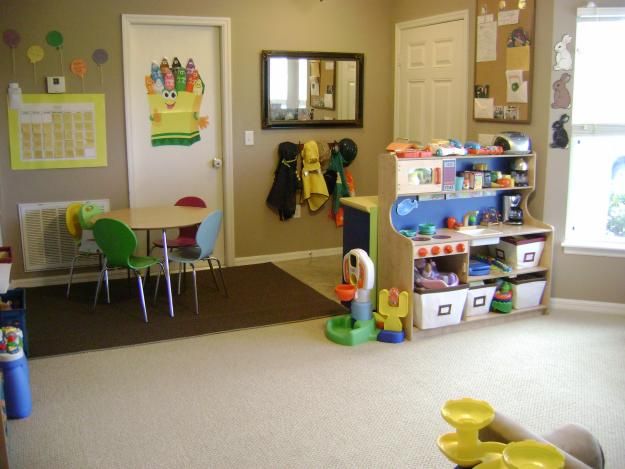Deciding on the right early childhood education (ECE) setting for your child is one of the most significant parenting choices you’ll make. In a bustling city like Auckland, with its diverse range of kindergartens, the options can feel overwhelming. The “best” kindergarten isn’t a one-size-fits-all answer; it’s the one that best suits your child’s unique personality, your family’s values, and practical considerations. Here’s a step-by-step guide to help you navigate the process and choose with confidence.
1. Start Early and Research Thoroughly
The demand for quality kindergarten places in Auckland can be high, especially in popular areas. It’s advisable to start your research well in advance – ideally when your child is around one to two years old, or even earlier if you have a specific centre in mind.
- Online Search: Begin by searching for kindergartens in your local area or near your workplace. Websites for the Auckland Kindergarten Association (AKA), BestStart, Kindercare, and independent Montessori or other philosophy-based centres are good starting points.
- Word-of-Mouth: Talk to other parents, friends, and family members. Personal recommendations can offer valuable insights and highlight kindergartens with strong community reputations.
- Understand Models: Familiarise yourself with different kindergarten philosophies (e.g., traditional, Montessori, Reggio Emilia-inspired). Each approach has distinct characteristics that might appeal to different children and families.
2. Verify Licensing and Review Reports (ERO)
Before visiting any auckland kindergarten, ensure they meet the fundamental quality and safety standards set by the Ministry of Education (MoE) and are regularly reviewed.
- MoE Licence: Confirm that the kindergarten holds a current licence from the Ministry of Education. This is a non-negotiable requirement for any legitimate ECE service in New Zealand.
- Education Review Office (ERO) Reports: The ERO is an independent government agency that evaluates and reports on the quality of education in all New Zealand ECE services. Accessing their reports (available on the ERO website) is crucial. Look for recent reports with positive evaluations, focusing on:
- “Well Placed” or “Strong” performance: These terms indicate high quality.
- Curriculum Implementation: How effectively they implement Te Whāriki, New Zealand’s early childhood curriculum.
- Teaching Practices: The quality of teaching, including responsiveness to children’s interests and fostering independence.
- Learning Environment: Whether the environment is stimulating, well-resourced, and safe.
- Partnerships with Whānau: How well the kindergarten engages with parents and families.
3. Visit and Observe the Environment
Once you’ve shortlisted a few options, schedule visits. This is where you get a real feel for the atmosphere and daily operations.
- First Impressions: Pay attention to the overall cleanliness, organisation, and general upkeep of the facilities.
- Indoor and Outdoor Spaces: Are there varied and engaging spaces for play, exploration, and learning? Do they offer a good balance of active and quiet areas? Are outdoor spaces safe, stimulating, and well-maintained?
- Resources and Materials: Observe the types of toys, books, and learning materials available. Are they age-appropriate, diverse, and accessible to children? Do they encourage creativity and problem-solving?
- Routines and Flexibility: Discuss the daily routine, including meal times, sleep arrangements, and structured vs. free play. Consider how flexible they are to individual children’s needs.
4. Evaluate the Teaching Team and Interactions
The educators will be key figures in your child’s life. Their quality and approach are paramount.
- Teacher Qualifications and Experience: Inquire about the qualifications and experience of the teaching staff. Many top kindergartens boast 100% qualified and registered teachers.
- Teacher-Child Interactions: Observe how teachers interact with the children. Do they appear warm, responsive, respectful, and engaged? Are they actively listening, guiding, and supporting children’s play and learning?
- Teacher-Parent Communication: How do teachers communicate with parents? Is there a system for daily updates, progress reports, and open dialogue about your child’s development?
- Staff Turnover: While some turnover is normal, a high rate might indicate underlying issues. Inquire about staff stability.
5. Assess Communication and Partnership with Whānau
A strong partnership between home and kindergarten is vital for a child’s holistic development.
- Open Communication: Does the kindergarten have an open-door policy? Are they approachable and willing to discuss your child’s progress, concerns, or any specific needs?
- Parent Involvement: Are there opportunities for parents to be involved in the kindergarten community, such as parent committees, special events, or volunteering?
- Cultural Responsiveness: In a diverse city like Auckland, consider how the kindergarten embraces and celebrates different cultures, including Te Reo Māori and tikanga (customs).
6. Trust Your Instincts
After gathering all the information, reflect on your visits and conversations. Ultimately, the “best” kindergarten will feel right for you and your child. Trust your parental instincts. A kindergarten where your child feels safe, happy, and engaged, and where you feel confident in the care and education they receive, is the right choice.
By taking a systematic approach and considering these factors, you can make an informed decision and find an Auckland kindergarten that provides a nurturing and enriching foundation for your child’s early learning journey.

